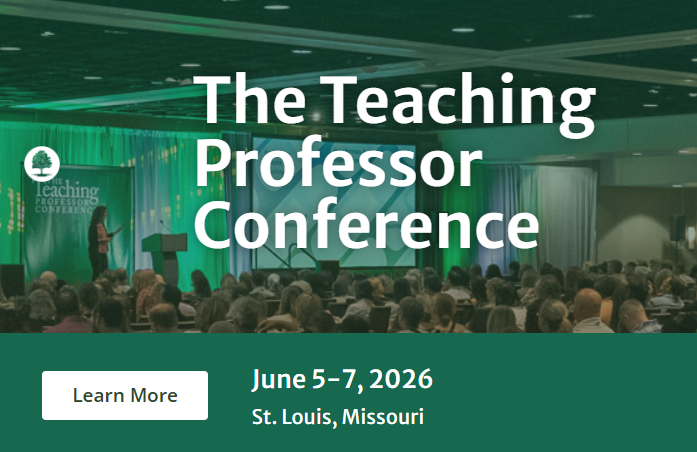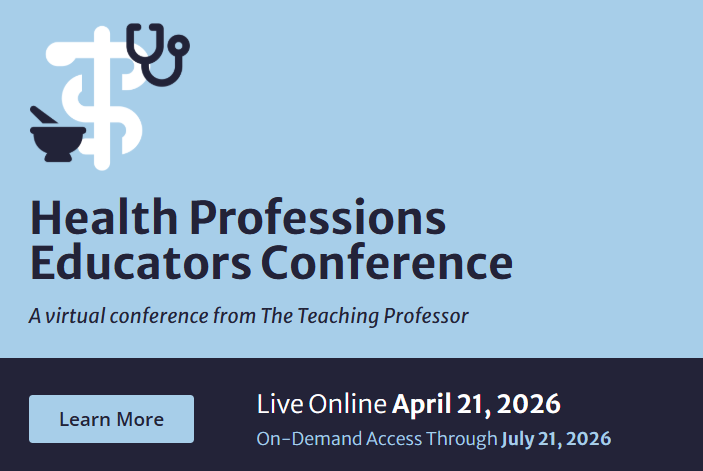Gimme an A! Confronting Presuppositions about Grading
Sometimes, in informal conversations with colleagues, I hear a statement like this, “Yeah, not a great semester, I doled out a lot of C’s.” I wonder, did this professor create learning goals that were unobtainable by most of the class or did this professor lack the skills to facilitate learning? I present this provocative lead-in as an invitation to reflect upon our presuppositions regarding grading.





